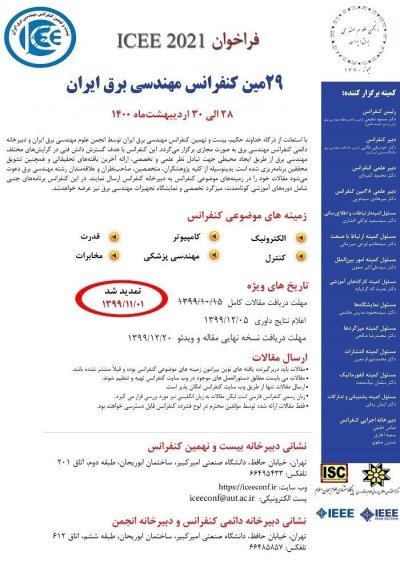0% Complete

نویسندگان :
کلمات کلیدی :
چکیده :
لیست مقالات بایگانی شده
مهدی محمدی - رضا خدادی - علی معصومی
Kamalaldin Mozaffari Maid - Amir Sabbagh Molahosseini
Maryam Sadeghi - Masoud Johar - Mahdi Shabany
Ali Asadian - Yassin Riyazi - Moosa Ayati
Samandokht Rashidi - Amin Abdipourasl - Fatemeh Jamaloo - Reza Rostami
علی یاوری - حسن کاتوزیان - سارا قلی نژاد شفق
Javad Shokri seyyedi - Reza Sarraf Shirazi - Gholamreza Moradi
بهروز عظیمی امینی - وحید محتشمی - حسین ابوترابی زارچی
Maryam Ostadsharif Memar - Navid Ziaei - Behzad Nazari




